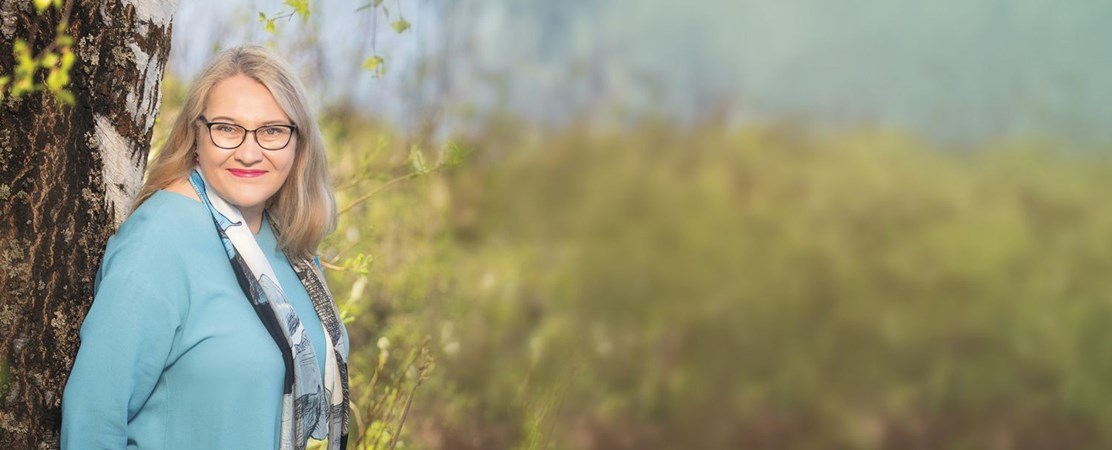Editorial

By Outi Snellman, Vice-President Organization, UArctic Shared Voices Editor in Chief
UArctic was initially built on the concept of collaboration in higher education, specifically education in and about the Circumpolar North. Over the past twenty years we have grown in size and breadth of activities, but at the same time never losing sight of our original vision.
This is why UArctic seized Finland’s offer to collaborate with the Arctic Council when Finland started to prepare its chairmanship program. The Education priority provided a natural way for us to join forces with the government in raising awareness and competency on the role of education in the sustainable development of the Arctic region. It was also an opportunity for us as an organization to reflect on the role of education and our focus on it in all its forms.
This magazine is a part of the reflection process. We start with articles on the political and organizational framework by Finland’s Minister of Education Sanni Grahn-Laasonen and UArctic’s Vice-President Academic Mike Castellini. These are followed by more concrete pieces providing examples of the different forms and roles as well as the unique features of education in the Arctic. As Tuija Turunen, the lead of the UArctic Thematic Network on Teacher Education, states in her article, “in education one size does not fit all.” This is especially true in the Arctic.
Finally, we look at education from a more global perspective with Hilligje van’t Land and Stefanie Marrow’s article on (Higher) Education for Sustainable Development. They point out that UN’s Sustainable Development Goal 4, Quality Education, calls for “all learners to acquire knowledge and skills needed to promote sustainable development.” This is a clear challenge to all educational organizations, not least UArctic with a sustainable future for the Arctic as its core goal.
The many student experiences scattered across the magazine tell the stories of different educational paths, often involving mobility. Student mobility from one North to another is perhaps the most efficient way to increase understanding of the region, its diversity and shared challenges. Without these faces that look to the future it would be harder to understand the many shapes that education takes.
Enjoy the magazine!
